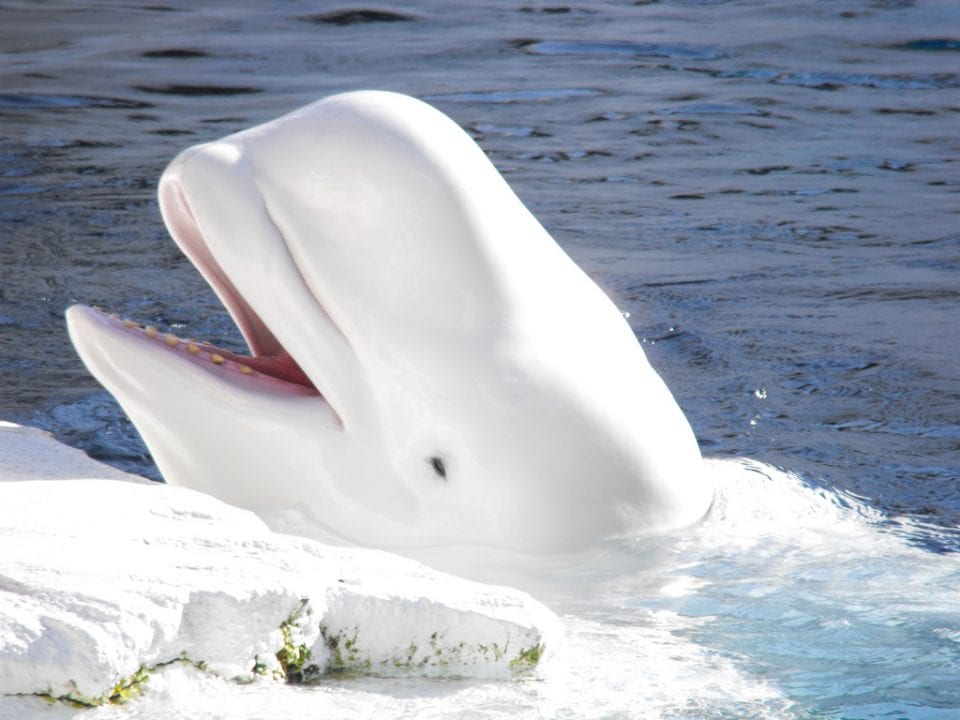It’s not just humans — researchers have found that at least four other species go through menopause, and they’re all toothed whales: belugas, narwhals, killer whales and short-finned pilot whales.
When it comes to menopause, we’re an outlier. Menopause has been observed in several species of primates, including rhesus monkeys and chimps, but as far as we can tell, most animals don’t go through menopause. However, the presence of menopause in other species remains an understudied field, and one which will likely yield more surprises in the future.
If you think about it, menopause doesn’t seem to make that much sense. In the “survive, reproduce, and conquer” of animal existence, there doesn’t seem to be a lot of incentive to stop reproducing. Even chimps, who do go through menopause, only do so in the final years of their lives, whereas in humans, it typically occurs between 49 and 52 years of age — with plenty of years still left. Alas, we’re not the only ones to do it. The authors of a new report, at the Universities of Exeter and of York in conjunction with the Center for Whale Research, focused on toothed whales.
Intriguingly, they found that menopause has evolved independently in three whale species: killer whales, short-finned pilot whales, and a common ancestor of the belugas and narwhals.
Menopause
Menopause is the natural cessation of menstruation. Women are born with a finite number of eggs and they don’t make any new ones during their lifetime. When the woman runs out of her supply of eggs, the ovaries stop making estrogen, and menopause commences.
But perhaps even more interestingly, this gives a remarkable insight into why menopause evolved in the first place. The key lies in the social structure.
“For menopause to make sense in evolutionary terms, a species needs both a reason to stop reproducing and a reason to live on afterwards,” said first author Dr Sam Ellis, of the University of Exeter. “In killer whales, the reason to stop comes because both male and female offspring stay with their mothers for life – so as a female ages, her group contains more and more of her children and grandchildren.”
Killer whales live in highly social, matriarchal groups. Females are responsible for taking care of the education and discipline of the younger whales. This gives the female killer whales an incentive to carry on living, but a disincentive to carry on reproducing.
“This increasing relatedness means that, if she keeps having young, they compete with her own direct descendants for resources such as food. The reason to continue living is that older females are of great benefit to their offspring and grand-offspring. For example, their knowledge of where to find food helps groups survive.”
Narwhals and belugas are not so well studied and their social structures are not as well known, but it’s likely that they share similar social characteristics.
RELATED NASA and Russia to work on new Lunar Space Station
The study has been published in Scientific Reports.
This content was originally published here.







